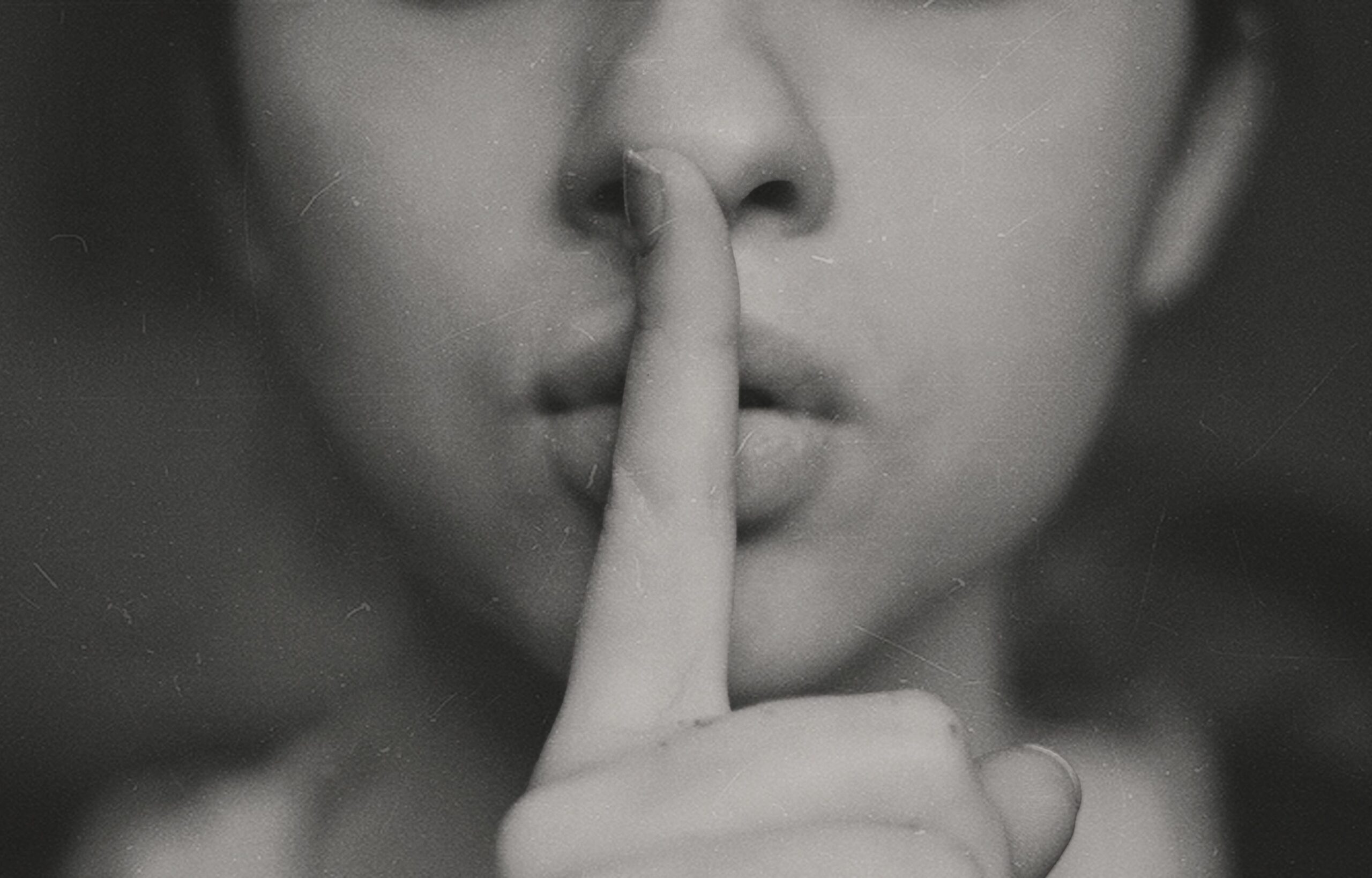In any workplace, leaders play a crucial role in managing teams, fostering a productive environment,…

Nine Strategies for Managing Conflict
Conflict happens in all workplaces and is needed to reach creative solutions. It’s the conflict that is avoided or not resolved that escalates and becomes unproductive. People are always asking for some quick tips or tricks to manage conflict. My response is that resolving conflict is usually not quick or easy. Regardless there are always things I keep in mind when coming into a conflict situation myself. I’m sharing these nine strategies in the hopes that your conflict remains productive by taking the time, energy and efforts to resolve it.
- Look for the Other’s Inner Child
A wise coach I know once told me to picture the other person you are in conflict with as they must have been in the world when they were five. As a mother this is always an instant calming tactic and allows me to see the situation from a different perspective. What might this ‘inner-child’ be looking for in the situation? What might be important to them? Likely it’s acknowledgement, connection, being heard, etc. Just our basic human needs that are easy to respond to once you take away the gruff/abrupt adult approach.
- Listen to your own Dialogue
What are you telling yourself? My boss is selfish and never thinks about how I help the team or move things forward. Are you falling into the ‘Victim’ mode, creating a ‘Villain’, or seeking a ‘Hero” to rescue you? The Victim, Villain, Hero triangle (or drama triangle) is a powerful dynamic that we may not often be aware of. We need to step back and take some time to reflect on our own narrative.
- Fight/Flight/Freeze
This is a tricky one that takes lots of awareness. The fight/flight/freeze response is our brain acting as it should in situations that we find threatening. It is tied to our long-ago ancestors being physically threatened and how the brain needed to respond – QUICKLY. Otherwise our survival was at question. That has carried over and our brain reacts in the same way when we are emotionally threatened. We move from our logical thinking brain (pre-frontal cortex) to reacting quickly without thinking (amygdala hijack). This looks like raised voices, threatening behaviours, (fight) leaving the room, or shutting down (flight), or not being able to respond (freeze). It is difficult to build awareness for ourselves that this is happening because it happens so fast. Start with looking back after the fact (maybe the next day) and try to bring that awareness closer and closer to the event time.
- Respond vs React
This is the next step after building our fight/flight/freeze awareness. What needs to happen for us to take a step back and respond in the way we want rather than just reacting? Once we learn to notice when our own fight/flight/freeze response is kicking in, we can interrupt our brain and think about how we want to respond. Our past responses have likely developed a cycle in our interactions with others. If we respond differently we can break the cycle and hopefully generate a different response in return.
- Go to the Balcony
Wiliam Ury, the great negotiator, conflict resolver and author of ‘Getting to Yes’ has indicated there are three sides to every conflict (The Third Side). He urges us to ‘go to the balcony’ and look down on the conflict situation. What are we doing to add to the conflict? What is going on for the other side? Can we play the neutral, impartial third party and look at the conflict from a higher perspective?
- Put Yourself in the Other Shoes
It is very difficult to generate empathy for the other person in a conflict. Building understanding is at the crux of resolving conflict. Once we are open to listening at a deeper level to the personal stories, life experiences, beliefs and values of another, empathy develops. This doesn’t mean we have to agree with them, feel sorry for them or see this sharing as an excuse. It just means that we can find a better solution when both parties can be empathetic.
- What can I Learn from this?
Conflict like many of life’s difficult experiences, is a wonderful teaching tool. What do you need to learn? Often when we react strongly we see something in the other person that we recognize in ourselves, but don’t want to acknowledge. So, don’t avoid conflict or suppress it – welcome it and see what it has to teach us.
- Show Vulnerability
Brene Brown’s work in the area of vulnerability has brought to light the power of vulnerability in difficult situations. She says “The difficult thing is that vulnerability is the first thing we look for in others and the last thing we are willing to show others. In others, it’s courage and daring. In ourselves, it’s weakness.” Vulnerability in conflict is a paradox – it’s necessary, but risky, and the risk often pays off.
- Dig Deeper – Conflict Readiness, Conflict Assessment
We need to be digging deeper into the belly of conflict and asking ourselves some tough questions about how we are showing up. Cinnie Noble, a prominent conflict coach has developed some self-assessments that check our conflict intelligence, our readiness to resolve conflict and our conflict resilience quotient. These and other deeper questions we may be afraid to ask will likely shine some light on that question ‘why me?’
Hoping that these strategies can enable you to build a small bridge over the turbulent chasm that you might be encountering.
“Listen first. Give your opponents a chance to talk. Let them finish. Do not resist, defend or debate. This only raises barriers. Try to build bridges of understanding.” Dale Carnegie




